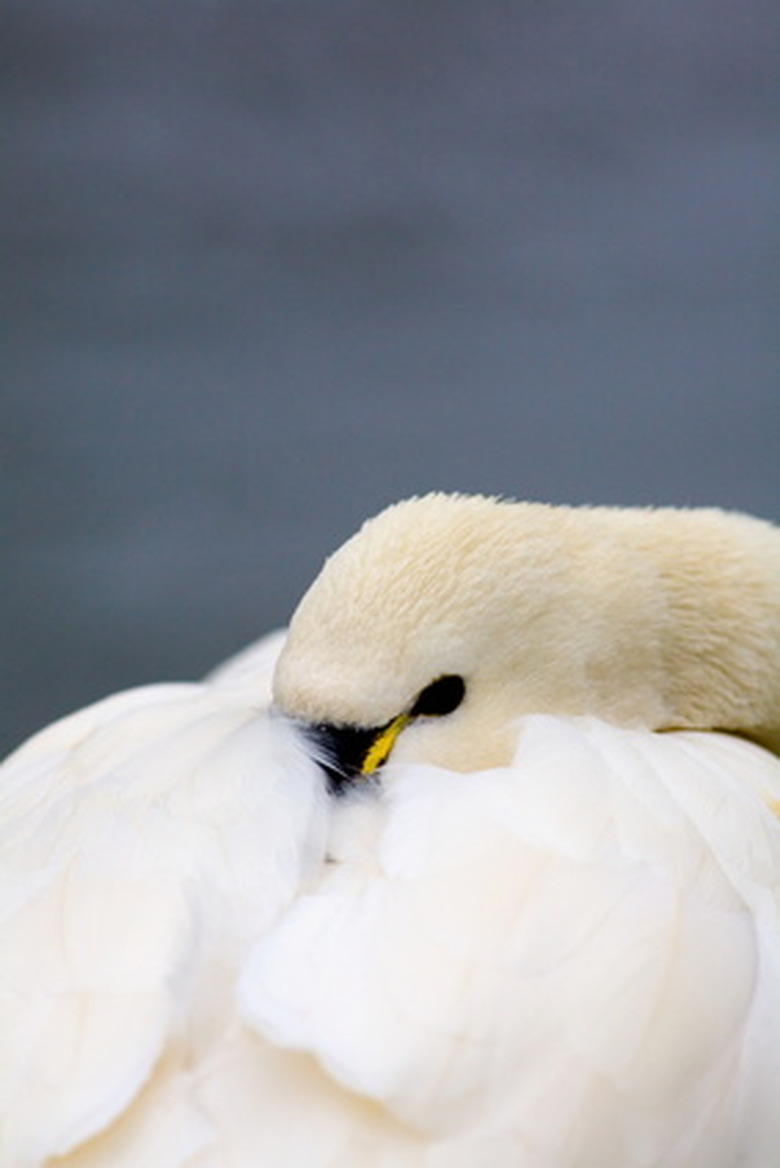Interesting Facts About Ecosystems
Ecosystems are complex communities of organisms and inanimate materials that interact to support the living things within the ecosystem. Ecosystems typically contain plants and animals that eat, reproduce, compete and engage in many other complicated interactions. As a result, the study of ecosystems can yield a lot of interesting facts about how ecosystems in general operate and how their inhabitants live. Such general ecosystem facts can be applied to specific and unique ecosystems as well. When general facts, such as ecosystems requiring plants, are applied to specific ecosystems such as prairies, the general fact helps explain how prairies require grass so cattle can graze and humans can raise them for food.
TL;DR (Too Long; Didn't Read)
Ecosystems are collections of living things such as plants and animals and inanimate materials such as water and soil. The different components of the ecosystem interact in complicated ways to support the living organisms and their activities. Interesting facts describing these complex systems include the following: The type of ecosystem is determined by the inanimate materials and the climate, every major ecosystem contains plants, aquatic ecosystems cover three-quarters of the Earth's surface, tropical ecosystems are the most diverse with the most species, growth of ecosystem populations is limited by the availability of inanimate materials and each species in an ecosystem has a unique combination of food and living space. Each fact applies to all ecosystems but the characteristics of each ecosystem are slightly different.
An Ecosystem and Its Types Are Determined by Geography
An Ecosystem and Its Types Are Determined by Geography
The type of ecosystem depends on the climate and the inanimate materials that are present. The climate, in turn, depends on the geographical location of the ecosystem. Ecosystems on land, near the equator, tend to be different kinds of tropical jungle, hot deserts or hot coastal regions. The type also depends on the presence of water and good soil or sand. Temperate regions can support ecosystems that include types of deciduous forests, prairies or wetlands, again depending on the availability of water. Temperature, rainfall, surface water and soil are key factors in determining the type of ecosystem that will flourish.
An Ecosystem Needs Plants as the Primary Food Source
An Ecosystem Needs Plants as the Primary Food Source
All major ecosystems derive the energy that supports life from plants. Plants convert sunlight, water and carbon dioxide from the air into carbohydrates such as starches and sugars. They are the primary producers of an ecosystem. The primary consumers are the animals that eat only plants. Secondary and higher-level consumers eat other animals. Decomposers put organic material back into the soil for re-use by plants.
Aquatic Ecosystems Are the Most Common
Aquatic Ecosystems Are the Most Common
About three quarters of ecosystems by area are aquatic. These ecosystems include not only the oceans, rivers and lakes around the world but also the coastal regions, shores and wetlands. Information about ecosystem characteristics can be deduced from the location and the proximity to land. Open water ecosystems have characteristics defined by layers such as surface or deep water. Coastal ecosystems, shores and wetlands are defined by the characteristics of the land.
Tropical Ecosystems Have the Most Variety
Tropical Ecosystems Have the Most Variety
Ecosystems in the tropics, such as tropical rain forests, have the most species. Even if the soil is poor, there is lots of light. As long as there is enough water, plants can flourish by re-using decomposed organic material. When there are many types of plants, different animal species can exist together, and the diversity carries over to the higher-level carnivores. Tropical forests can harbor up to 300 different species of plants and animals per square mile.
Ecosystem Populations Grow Until They Encounter a Limiting Factor
Ecosystem Populations Grow Until They Encounter a Limiting Factor
The key for ecosystem population growth are the plants. As long as more and more plants are available, the other populations can grow as well. Plants need light, water and carbon dioxide to produce food and some minerals from the soil to grow. If one of these resources is limited, plant growth is reduced and the populations of the animals in the ecosystem can't increase either. The lack of such a resource is a limiting factor for the ecosystem.
Each Ecosystem Species Has a Unique Niche
Each Ecosystem Species Has a Unique Niche
The survival of the ecosystem species depends on competition. A species that is the best at surviving and reproducing using a specific food source in a particular location will crowd out all other species trying to do the same thing. Other species have to become the best at using another food source in a different location. This principle of competitive exclusion means that each species has a unique niche where it operates.
Generalized Facts Give Specific Characteristics
Generalized Facts Give Specific Characteristics
The facts that are true about all ecosystems can be applied specifically to one ecosystem at a time. For example, all ecosystems contain plants, but oceans have algae while prairies have grass. In deserts, the limiting factor holding down population growth is lack of water while in northern ecosystems a limiting factor is lack of sunlight. In each case a generalized fact is useful in explaining a specific ecosystem characteristic.
Cite This Article
MLA
Markgraf, Bert. "Interesting Facts About Ecosystems" sciencing.com, https://www.sciencing.com/interesting-ecosystems-7370471/. 22 November 2019.
APA
Markgraf, Bert. (2019, November 22). Interesting Facts About Ecosystems. sciencing.com. Retrieved from https://www.sciencing.com/interesting-ecosystems-7370471/
Chicago
Markgraf, Bert. Interesting Facts About Ecosystems last modified August 30, 2022. https://www.sciencing.com/interesting-ecosystems-7370471/
